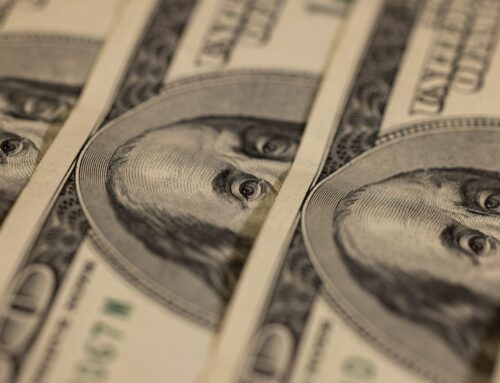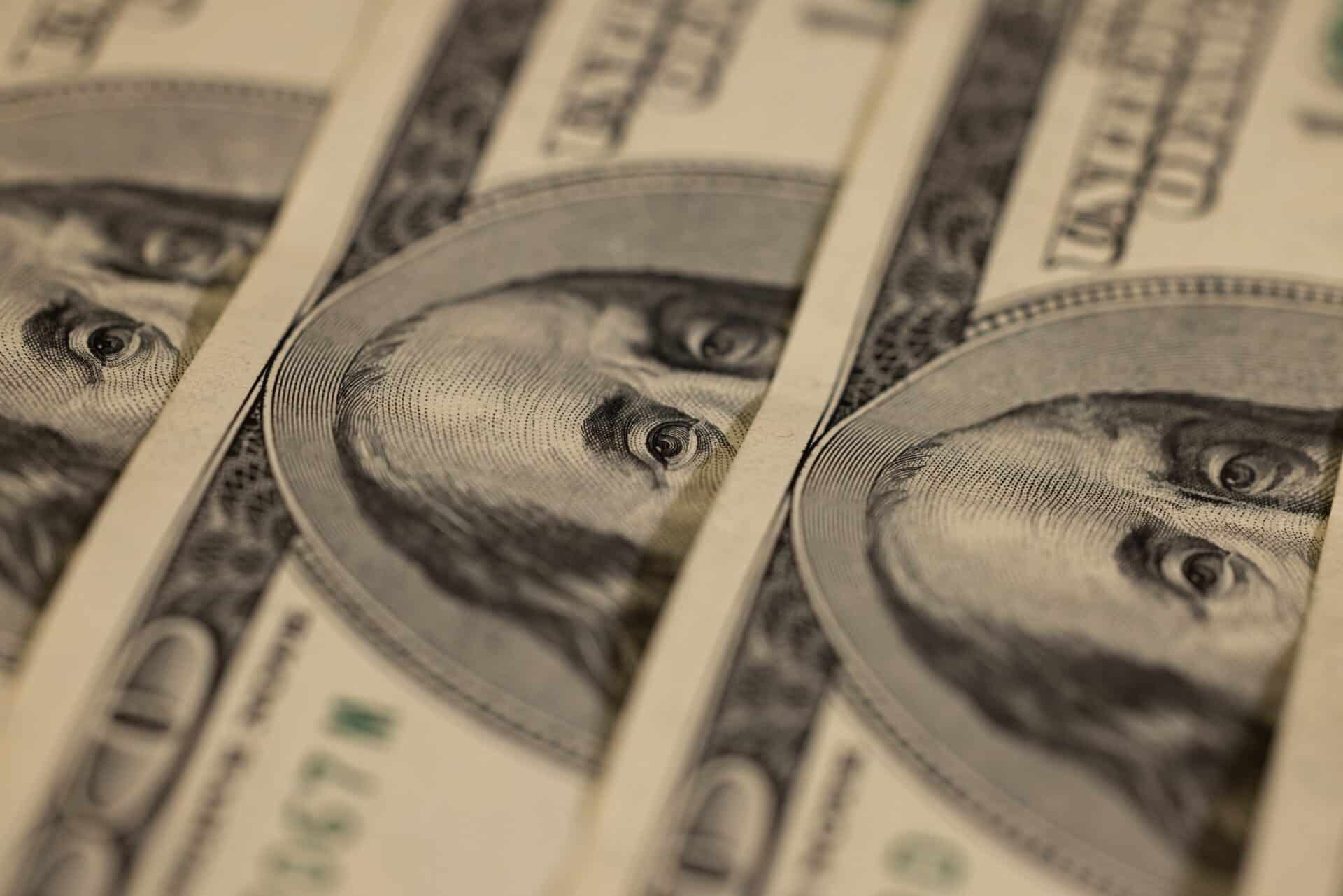Last week’s Silicon Valley Bank (SVB) failure harkened back to the dark days in 2008 and the bank failures, economic meltdown, and the Great Recession. While this brings on a case of BBSD (Bank Bailout Stress Disorder) for many a budget watchdog, so far it appears we aren’t in a situation akin to 2008. Extraordinary federal actions to shield depositors from the economic fallout, however, may be planting the seed for bigger problems. It also leads us to raise the alarm in other areas where federal “help” is actually increasing harm.
Conveniently for institutions and individuals with deposits at SVB, the Treasury Department, Federal Reserve, and the Federal Deposit Insurance Corporation (FDIC) had the weekend to think it over and released a plan to back all the deposits before Asian markets opened. They argued this was critical to prevent “systemic risk” and a run on the banks. Indeed, another bank, Signature Bank, also failed. We now know Credit Suisse First Boston (CSFB) and First Republic needed some support which came from the Swiss government and other banks, respectively. With SVB and Signature regulators promised to back all the deposits at the failed banks while buyers for the banks were sought. They did fire all the banks leadership and investors lost their shirts, but depositors were all covered even if their deposits exceeded the $250,000 threshold.
It’s bad, but it still doesn’t quite feel like 2008, when Washington Mutual (WaMu) failed. First, WaMu was a bigger bank than SVB, but also the “Too Big to Fail” banks in 2023 are much bigger (of course so is CSFB). Bear Stearns, Lehman Brothers, and Merrill Lynch are all gone and absorbed into other large banks. For the most part, these banks appear to be less vulnerable today. Fears of full on panic and economic meltdown are not rampant in Washington.
Another difference is that regulators were quick to point out that the cash for this is from an FDIC fund that all financial institutions pay into, not a federal spending bill. So, unlike the Troubled Assets Relief Program (TARP) that grew out of late 2008’s Emergency Economic Stabilization Act, if there is a loss, the FDIC won’t dip into the Treasury but will increase fees on banks to cover the loss. Okay, it’s not your taxes going to bailout SVB customers, but it is Uncle Sam that is deciding to do it and offering backing. And the banks will find a way to pass on the costs. Not much difference.
We get it, these people and businesses that deposited their money at SVB didn’t know the bad decisions that the bank was making. But bailing out bad decisions creates a moral hazard.
What’s a moral hazard? So glad you asked.
But first, what were these bad decisions? Essentially SVB made long term investments in U.S. government securities, but rising interest rates reduced their value today. Just like any other Treasury security, they would eventually be paid in full, but in the short term these securities sales value diminished because the return was so much lower than a new note. This wasn’t a case of fraud or collusion between banks and accounting firms cooking their books to look less risky. This was a case of bad risk management. Apparently not all bankers are good at banking.
Using extraordinary measures to shield people from the consequences of their it-turns-out-to-be bad decisions brings us back to the “moral hazard” phenomena. Put simply “moral hazard” refers to the condition where someone knows they are so protected from negative consequences that they lack an incentive to reduce or manage their risk. Heads I win, tails you lose. Privatized profits, socialized risk. Furthermore, bailing out the bank’s depositors, even when some were far in excess of legal coverage limits – like more than $400 million more – makes other people think they will be bailed out in the future and hence do not need to take adequate risk mitigation measures. (Uh, Roku, we like your products but does stuffing $487 million in a checking account make much sense? Perhaps you should hire some financial advisors that can diversify your portfolio other than just stuffing it in a mattress.)
Moral hazard tends to sprout up in other federal policy areas, too. Some examples?
- Crop insurance: With taxpayers paying for the majority (60% or more) of premiums in federal crop insurance, farm businesses have an incentive to plant crops on unproductive land (too dry, too steep, too wet). This happens in states prone to disasters such as drought and flooding. If the crops fail, which is likely, agricultural producers still get paid. Worse yet, farm businesses that are eligible to buy subsidized crop insurance, but chose not to, repeatedly receive “emergency” aid in annual appropriations bills once a disaster strikes. Combined, we’re talking $10 billion or more for taxpayers each year.
- Flood insurance: The program is riven with subsidies. Older properties (mostly pre-1980S) are explicitly subsidized, but many others benefit through other subsidies including grandfathering their risk to when they were built. In addition, the Government Accountability Office has documented enormous cross-subsidies where wealthier counties are more subsidized than less affluent counties. NFIP has borrowed nearly $40 billion from the U.S. Treasury, the vast majority of which will never be repaid. But beyond the dollars, this is the federal government subsidizing people to live and develop in harm’s way. This development also incurs other costs as public infrastructure is built and rebuilt post disaster around these properties.
The Government Accountability Office (GAO) has warned that federally subsidized programs like flood and crop insurance “were not designed to generate sufficient funds to fully cover all losses and expenses.” GAO placed these programs on its “High-Risk” list for taxpayers, since they promote excessive risk taking at taxpayer expense. Instead of shifting more risk and responsibility onto taxpayers and the federal government, measures should be taken to limit moral hazard and related, far-reaching costs. You can take that to the bank.











Get Social